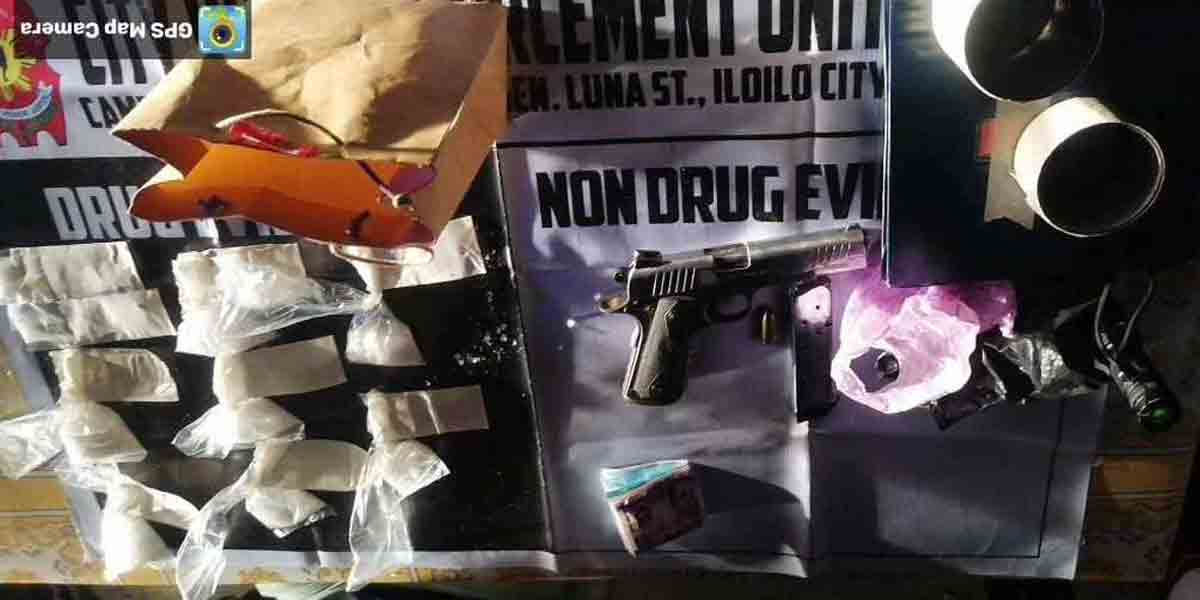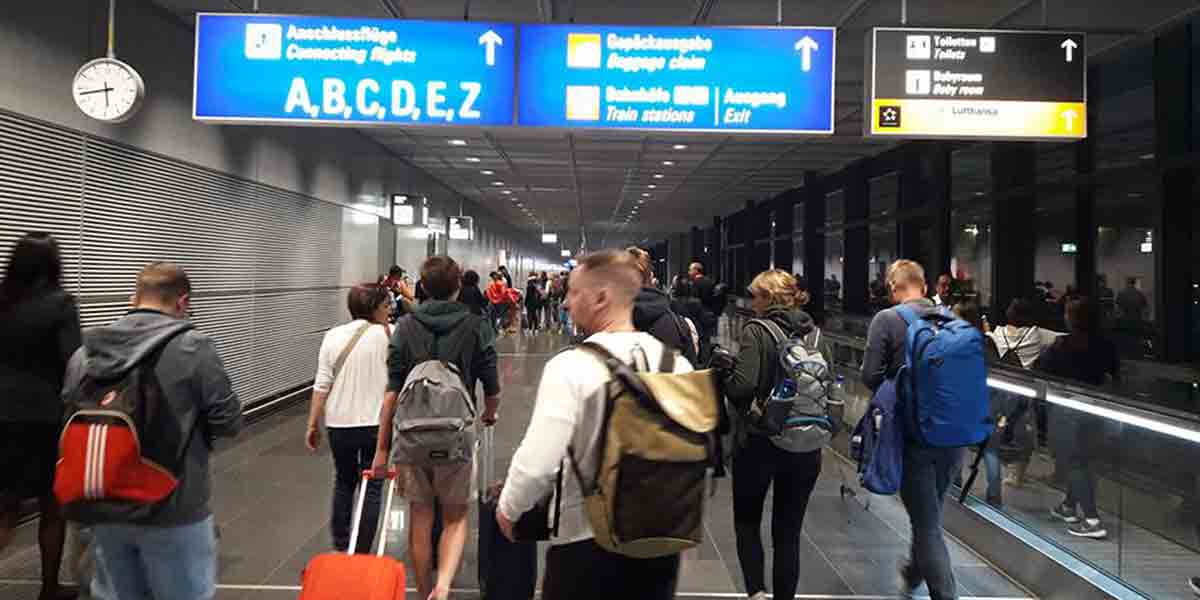
Reforms in the property valuation system that would let local government units (LGUs) collect the right amount of taxes by regularly updating the schedule of market values (SMV) in assessing real estate assets is the correct way to impose a so-called “wealth tax” on the rich, Finance Secretary Carlos Dominguez III said.
Dominguez said that unlike the wealth tax on movable assets that could only lead to capital flight and tax avoidance, properly taxing land ensures that the government gets to collect taxes on the rich because land cannot be hidden nor spirited away.
“The current valuation for real property tax purposes of land is outdated and very low as compared to real market value. The market value of prime commercial areas in Ayala Avenue within the vicinity of San Lorenzo in Makati City, is only about P40,000 per square meter (sq. m.), based on the City’s SMV, when in fact, the real market value ranges from P400,000 to P900,000 per sq m. So we are losing tens of billions of pesos because that kind of wealth is not being taxed correctly,” Dominguez said.
A check by the Department of Finance (DOF) on land values located in Barangays San Lorenzo and Bel-Air in Makati City shows that the current SMV for real property tax (RPT) imposed by LGUs in these areas is only P40,000 per sq. m., as opposed to the high-end zonal value of P940,000 per sq. m. used by the Bureau of Internal Revenue (BIR) to compute estate, donor’s and capital gains taxes, which are national taxes.
Estimating the total taxable commercial land area of Ayala Avenue in Barangay San Lorenzo, covering the vicinity from Salcedo Street to Makati Avenue, at 52,640 sq. m., yields an assessed total value of P842.24 million based on the current SMV, which means that the collectible total real property tax (RPT), including the additional levy for special education fund, at a maximum combined tax rate of 3 percent will amount to only P25.27 million.
For both commercial areas, the total RPT would only amount to a relatively paltry P50.27 million based on the current SMV set by the Makati local government. Using similar computations for Barangay Bel-Air with an estimated land area of 52,080 sq m translates into an assessed value of P833.28 million, with a total RPT of only P25 million.
But if the more current zonal values were used to compute the RPT—as what the BIR has set—the assessed value for the sample commercial land area in Ayala Avenue within the vicinity of Barangay San Lorenzo would be P19.79 billion, while it would be P19.58 billion for Barangay Bel-Air.
Thus, the total RPT that could be collected yearly would be higher at P593.78 million for Barangay San Lorenzo, and P587.46 million for Barangay Bel-Air, or a total of P1.18 billion for these sampled commercial areas in Ayala Avenue.
The collectibles using the zonal value is higher by P1.13 billion or 2,250 percent as compared to the tax due using the SMV of LGUs, Dominguez said.
“That kind of wealth cannot escape to offshore accounts or anywhere. That is wealth here. The other kind of wealth they want to tax can disappear,” Dominguez said, referring to the proposals of some individuals and legislators on imposing a “wealth” tax on the country’s richest Filipinos.
Dominguez said that because RPTs are local taxes, the LGUs are in the best position to implement this effective form of wealth tax by using updated SMVs and a property valuation system aligned with international standards.
LGU officials, however, are hesitant to impose the RPT based on updated SMVs mainly because of political considerations, although the Local Government Code states that these should be updated every three years. Property values inevitably appreciate over time and faster in metropolitan areas, but the tax that is rightfully due to government is not appropriately collected, thereby violating the principle of equity in real property taxation.
Dominguez said this is why the DOF has long been pushing the passage of the Real Property Valuation and Assessment Reform Act, which is the third package of the Duterte administration’s comprehensive tax reform program (CTRP).
This proposed tax reform aims to promote the development of a just, equitable, and efficient real property valuation system and broaden the tax base used for property-related taxes imposed by the national and local governments.
The goal is to increase government revenues without increasing the existing tax rates or devising new tax impositions.
Last year, Dominguez already cautioned legislators on imposing a “super-rich” tax on individuals with assets exceeding P1 billion as this would only encourage aggressive tax avoidance schemes and drive badly needed capital and investments out of the Philippines.
Dominguez had written a letter to Speaker Lord Allan Jay Velasco explaining that this tax proposal outlined in House Bill (HB) No. 10253 would defeat its purpose of generating more revenues.
While this wealth tax could initially lead to gains in tax collections, it could, at the same time, discourage growth and investments in the long haul, he said in his letter.
Diminished investments in the long run will result in far greater revenue losses and fewer new jobs to help Filipinos and the domestic economy recover quickly from the pandemic.
“There is a risk of capital flight if the wealth tax is passed in the Philippines. Currently, only four countries continue to implement the wealth tax—Belgium, Norway, Spain, and Switzerland. Many countries that had wealth taxes before ended up repealing the said measures particularly because of the increased capital mobility and access to tax havens in other countries,” Dominguez said in his letter to the Speaker.
Moreover, the proposed wealth tax will also discourage businesses from undertaking less profitable and riskier ventures that are beneficial to the public, Dominguez said.
Even when they generate low or even negative profits during the start of their operations, they will still be subject to tax liabilities because of the high capital value of their assets, he said.
Dominguez noted that a study in Germany suggests that wealth taxes can have a significant adverse impact on economic activity by stunting economic growth, investment, and employment.
According to the study, wealth taxes reduce income from wealth and savings, so potential taxpayers will tend to invest or save less.
The tax reforms pursued by the Duterte administration, such as the now-enacted Tax Reform for Acceleration and Inclusion (TRAIN) Law, as well as the proposed Valuation Reform Act and the proposed Passive Income and Financial Intermediary Taxation Act (PIFITA) are already addressing the inequities in the system, he said.
He noted, for instance, that TRAIN imposed a higher tax rate of 35 percent from the previous 32 percent for the top individual taxpayers whose annual taxable income exceeds P8 million.
Moreover, “existing literature regards real property tax as a perfect tax because land, in particular, being a capital asset, is visible and immovable, which is an important fiscal tool in this time of globalization and competition,” Dominguez said.
He said HB 10253 is prone to aggressive tax avoidance because the so-called “super-rich” will find ways to avoid paying the correct tax by transferring their assets to different accounts where they can seek tax relief and exemptions, as proven by what happened in other countries that had imposed a similar wealth tax on affluent citizens.
While the bill’s authors estimate that their proposal will generate P236.7 billion per year, and the DOF projects a more conservative P57.6 billion in revenues, losses incurred from other taxes are far more substantial.
Dominguez also said a wealth tax will be costly and complex to implement because this would require additional manpower and costs, not to mention the need to relax the Bank Secrecy Law and forge exchange of information agreements with other countries, to determine the various aspects of a “super-rich” taxpayer’s wealth.
He also cited the lack of a reliable database to identify the wealthiest individuals in the country.
While the BIR has a list of its large taxpayers, this is only based on taxes paid by these people and does not include the net worth of their total accumulated wealth.
Dominguez said the viability of assessing all the assets held by the wealthy for subsequent taxation would be highly difficult as in the case of Austria, which eventually repealed its wealth tax because it became too costly to maintain.
A study done by the Organization for Economic Cooperation and Development (OECD) showed that the collection performance of wealth tax is relatively low, partly because of the high administrative and compliance costs, Dominguez said.
Several OECD countries used to have wealth taxes but eventually repealed them.
These include Austria (which repealed its wealth tax law in 1994); Denmark (in 1997); Germany (in 1997); the Netherlands (in 2001); Finland, Iceland, and Luxembourg (all three in 2006); Sweden (in 2007); and France (in 2017).





















